Complete Guide to Tasting Olive Oil
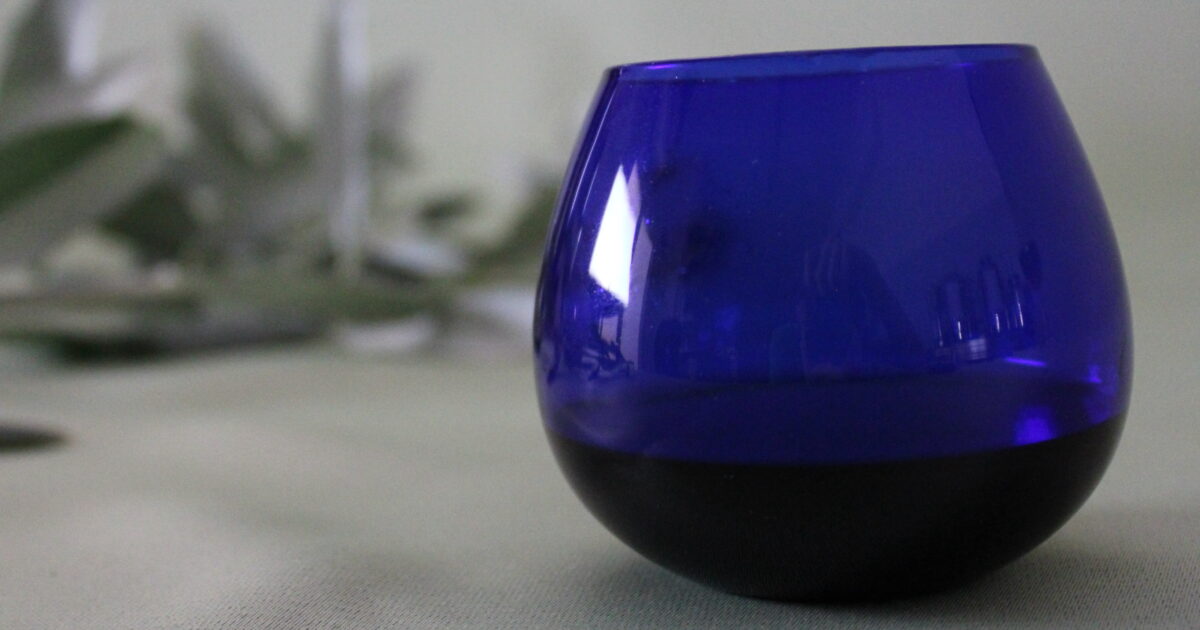
Tastingextra virgin olive oil is not just a matter of taste, but a true ritual capable of revealing the quality and authenticity of the product. For industry professionals and discerning consumers, knowing how EVO oil tasting takes place allows you to distinguish an excellent oil from a mediocre one. In this article, we will guide you through the stages of tasting, sensory characteristics and tools used during professional oil tasting.
Index
Sensory analysis of EVO oil: what it is and how it works
Olive oil sensory analysis is a codified procedure that is fundamental to the classification of extra virgin olive oil. It is performed by a panel test consisting of 8-12 professional tasters, each trained through recognized courses. Each component analyzes the product in an isolated booth and fills out an organoleptic evaluation form, highlighting positive attributes (fruity, bitter, spicy) and defects (rancid, winy, musty). The outcome of the panel determines whether the oil tested falls into the “extra virgin,” “virgin,” or “lampante” category.
The stages of professional oil tasting
When tasting extra virgin olive oil, the taster follows a precise protocol involving smell, taste and touch.
- Preparation: The oil is poured into a dark glass tasting glass (so as not to visually affect judgment), kept at about 28°C.
- Heating: Covering the glass with one hand and swirling it with the other, slightly warm the oil to release its aromas.
- Smell phase: The taster inhales the oil aroma alternately (short and deep inhalations), looking for notes of fresh grass, artichoke, almond or other fruity scents.
- Tasting phase: The actual tasting is done with a technique called “stripping”: the oil is sucked vigorously into the mouth along with small amounts of air to vaporize it and stimulate the taste buds.
- Retro-olfactory evaluation: After holding the oil in the mouth for a few seconds, the taster expels it, focusing on retronasal sensations (persistence, balance, any defects).
Between samples, sparkling water or a slice of green apple is used to neutralize the palate.
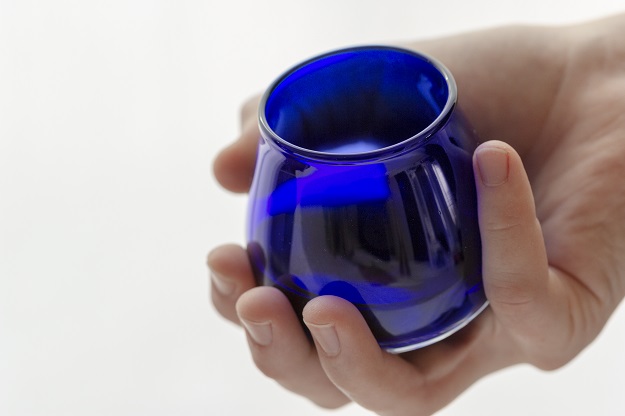
Positive and negative attributes of EVO oil
A quality extra virgin olive oil is always characterized by a distinct fruitiness, balanced bitter notes and a more or less pronounced spiciness. Here are some common sensations:
- Green or ripe fruitiness: olfactory perception reminiscent of fresh or ripe olive.
- Bitter: present mainly in oils from cultivars rich in polyphenols, indicative of freshness.
- Spicy: tingling in the throat related to phenolic compounds; signal of a freshly pressed oil.
Among the most notorious flaws:
- Rancid: typical of old or poorly stored oils.
- Warned: hint of vinegar-like fermentation.
- Mold-soil: due to damaged or poorly stored olives.
Tasting tools: not just blue glass
The classic tasting glass is made of blue glass that conforms to COI standards. There are also extra virgin oil tasting kits that include glasses, sensory sheets and reference samples. Some producers offer oil tasting sets designed for training or promotional purposes.
Who can become an oil taster?
An oil taster is a figure trained through professional courses recognized by the regions. Those who wish to take this path can participate in an EVO oil tasting course and obtain a diploma of physiological suitability. At that point, he or she can be placed on official panels.
Home tasting: trust your senses
You can also try the experience oftasting EVO oil at home. Pour the oil into a small glass, warm it slightly with your hand and smell it. Then taste using the technique described above. The important thing is to focus on the balance between the sensations and recognize any abnormalities.
If you notice a flat taste, too sweet or lacking in aroma, it is possible that the oil is oxidized or not extra virgin. Conversely, an oil that is bitter and spicy, rich in vegetable flavors, and persistent will almost certainly be a high-quality product.
Contedoro Oil Tasting
Our Ravece extra virgin olive oil, produced in the Contedoro oil mill, undergoes certified panel tests that guarantee its excellence. Rich in polyphenols, it has an intense green fruitiness, with hints of cut grass, artichoke and almond. The pungency in the throat and balanced bitterness tell the soul of the Irpinian hills, where each olive is pressed within 24 hours of harvest.
If you want to learn how to really recognize a good EVO oil, taste ours. Trust your senses: taste doesn’t lie.
-
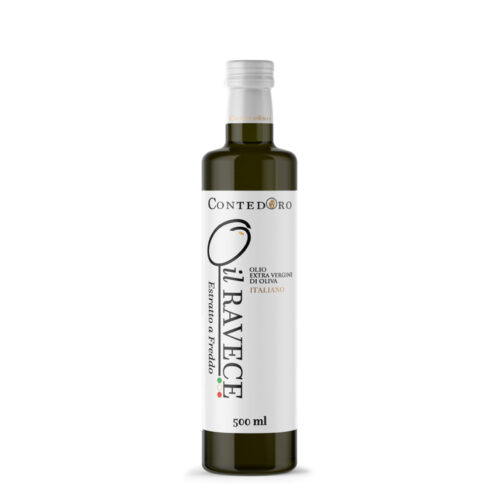 Oil Ravece
Oil Ravece -
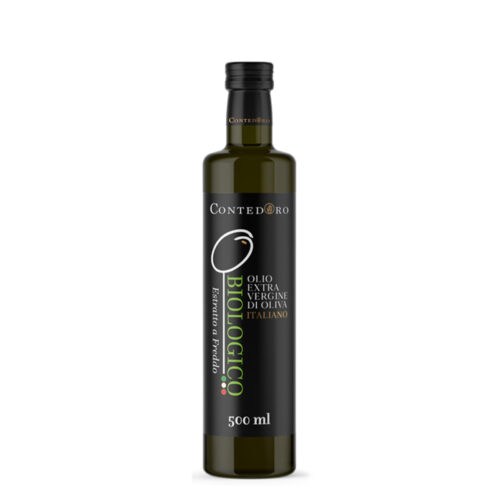 Organic Extra Virgin Olive Oil
Organic Extra Virgin Olive Oil -
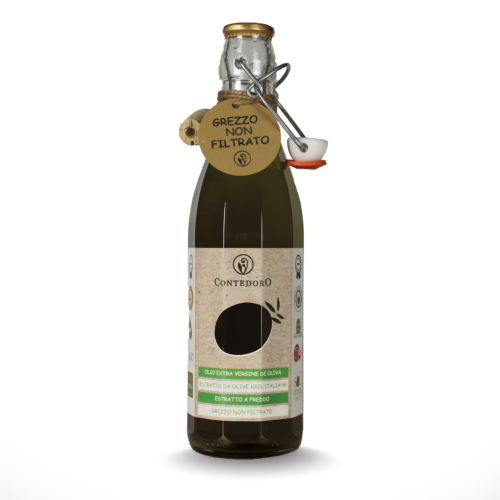 Raw Oil – Unfiltered EVO 0.50 and 5Lt.
Raw Oil – Unfiltered EVO 0.50 and 5Lt. -
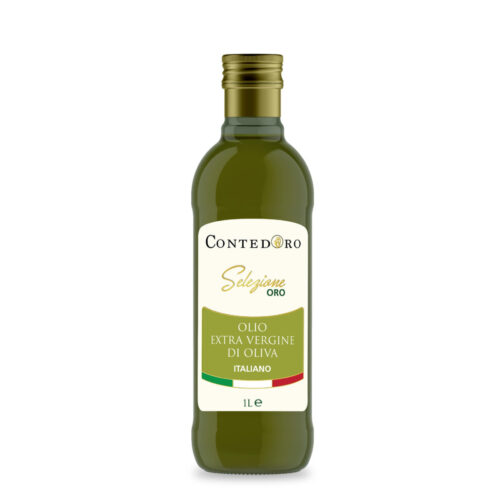 GOLD selection
GOLD selection -
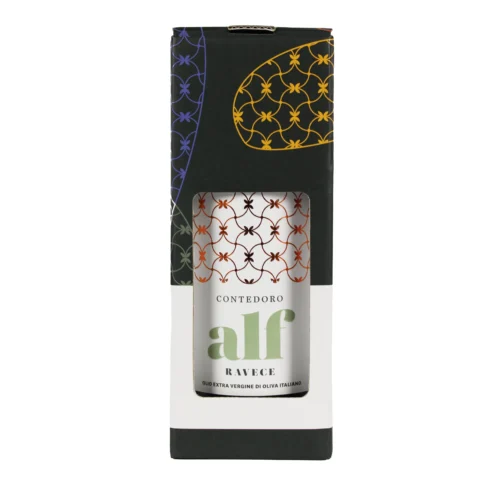 ALF – Ravece Selection
ALF – Ravece Selection -
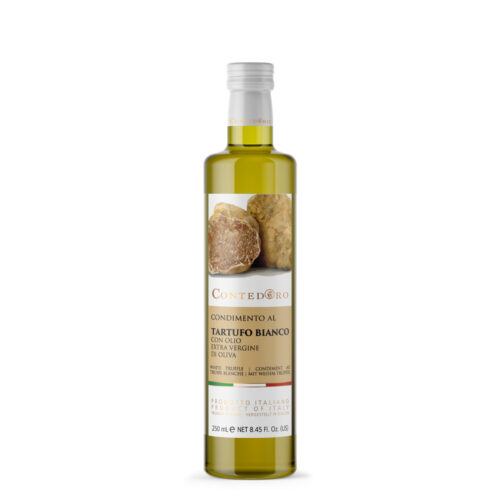 Extra virgin olive oil flavored with white truffle
Extra virgin olive oil flavored with white truffle -
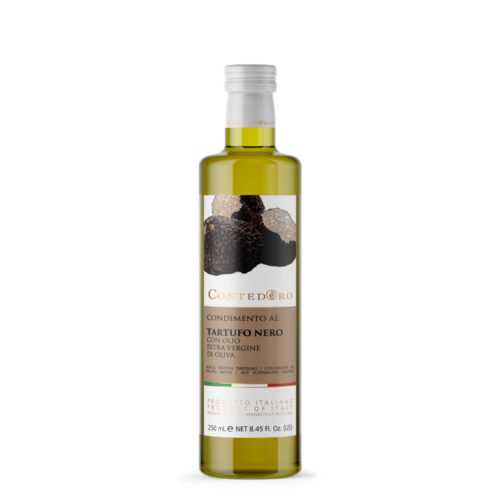 Extra virgin olive oil flavored with black truffle
Extra virgin olive oil flavored with black truffle -
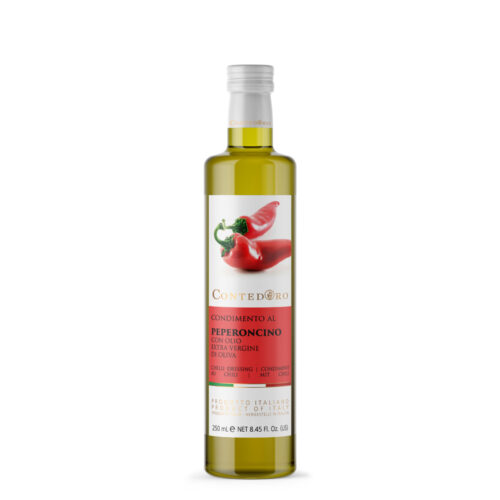 Chili pepper flavored extra virgin olive oil
Chili pepper flavored extra virgin olive oil -
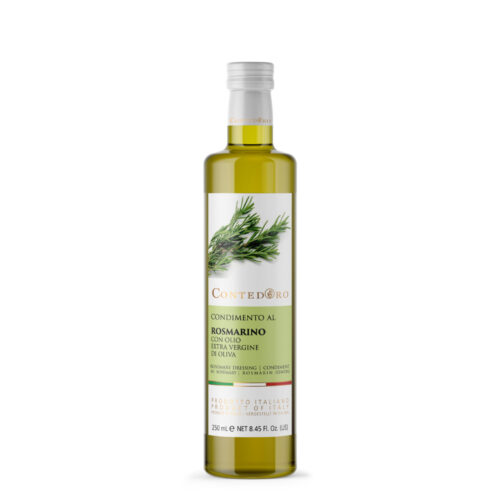 Extra virgin olive oil flavored with rosemary
Extra virgin olive oil flavored with rosemary -
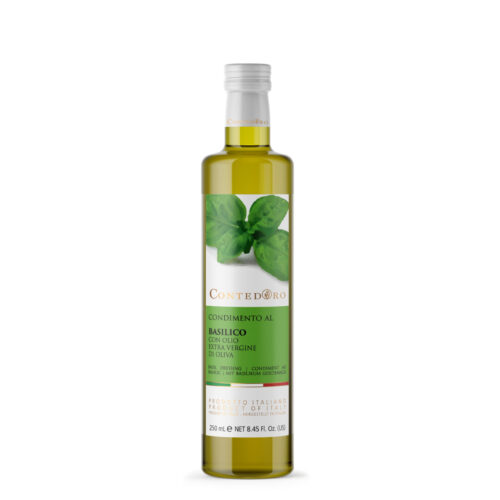 Basil-flavored extra virgin olive oil
Basil-flavored extra virgin olive oil -
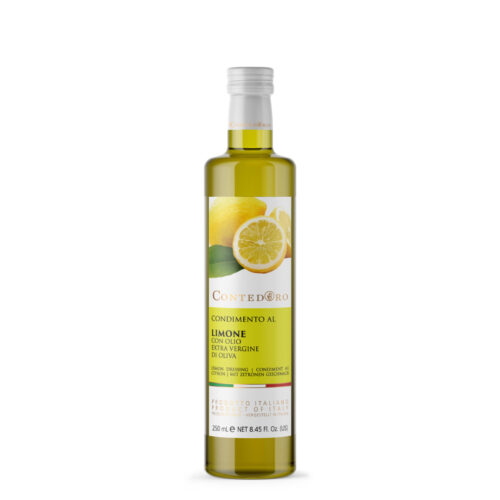 Lemon-flavored extra virgin olive oil
Lemon-flavored extra virgin olive oil -
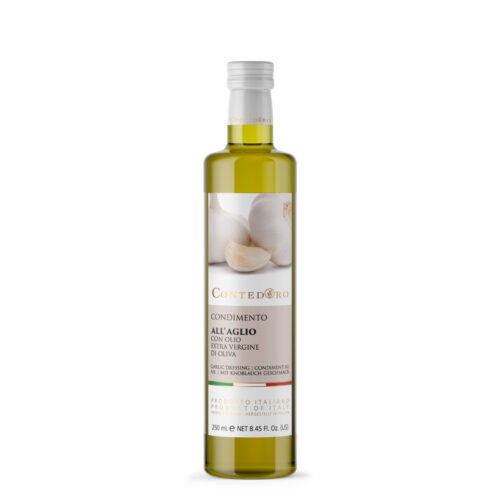 Garlic-flavored extra virgin olive oil
Garlic-flavored extra virgin olive oil

Alfio Lo Conte
Tecnico ed esperto degli oli extravergini di oliva, iscritto nell’Elenco Nazionale sezione Campania.
Maestro di frantoio con diploma, conseguito presso International Extravirgin Agency.
Read more articles by: Alfio Lo Conte
Recent Comments